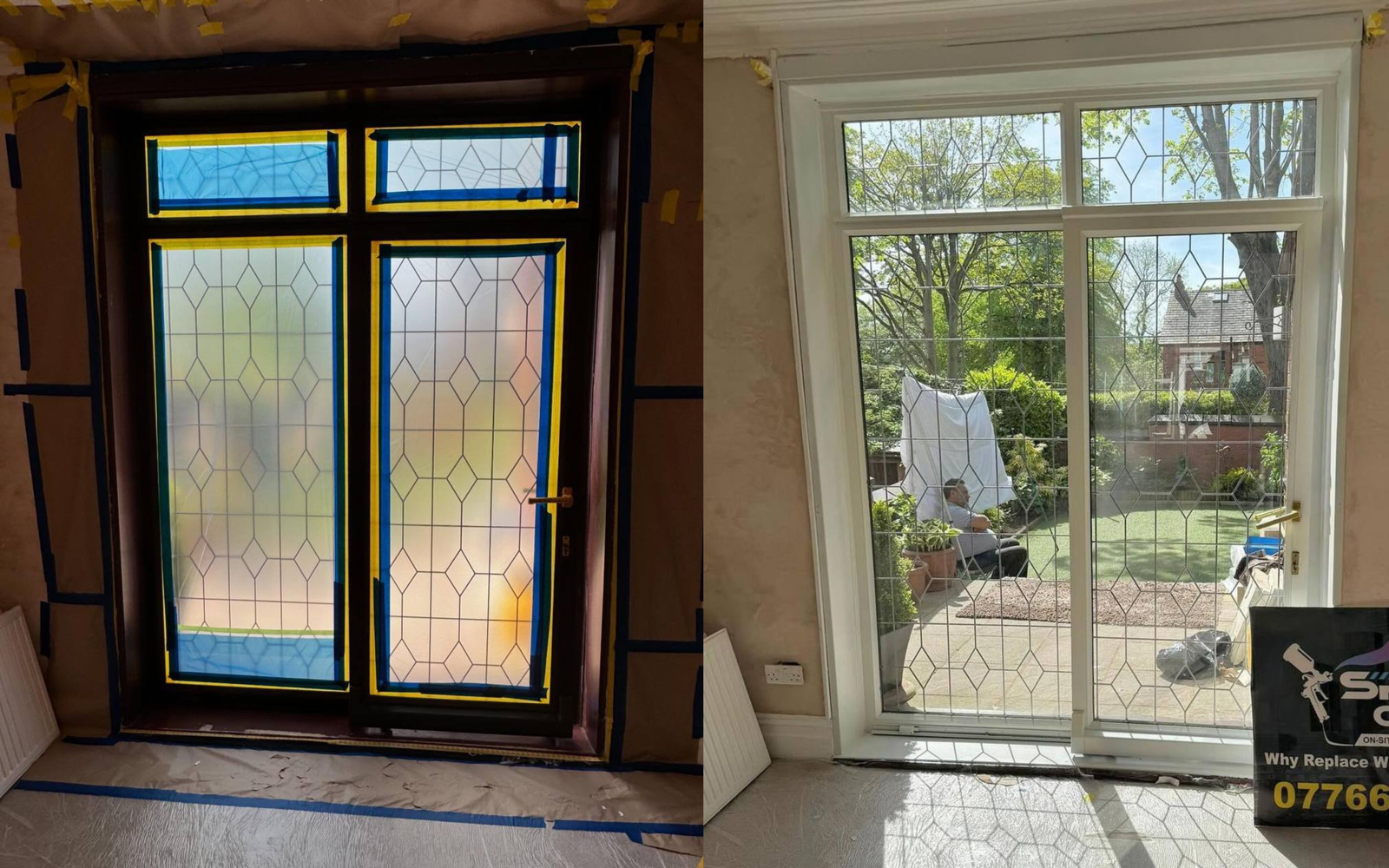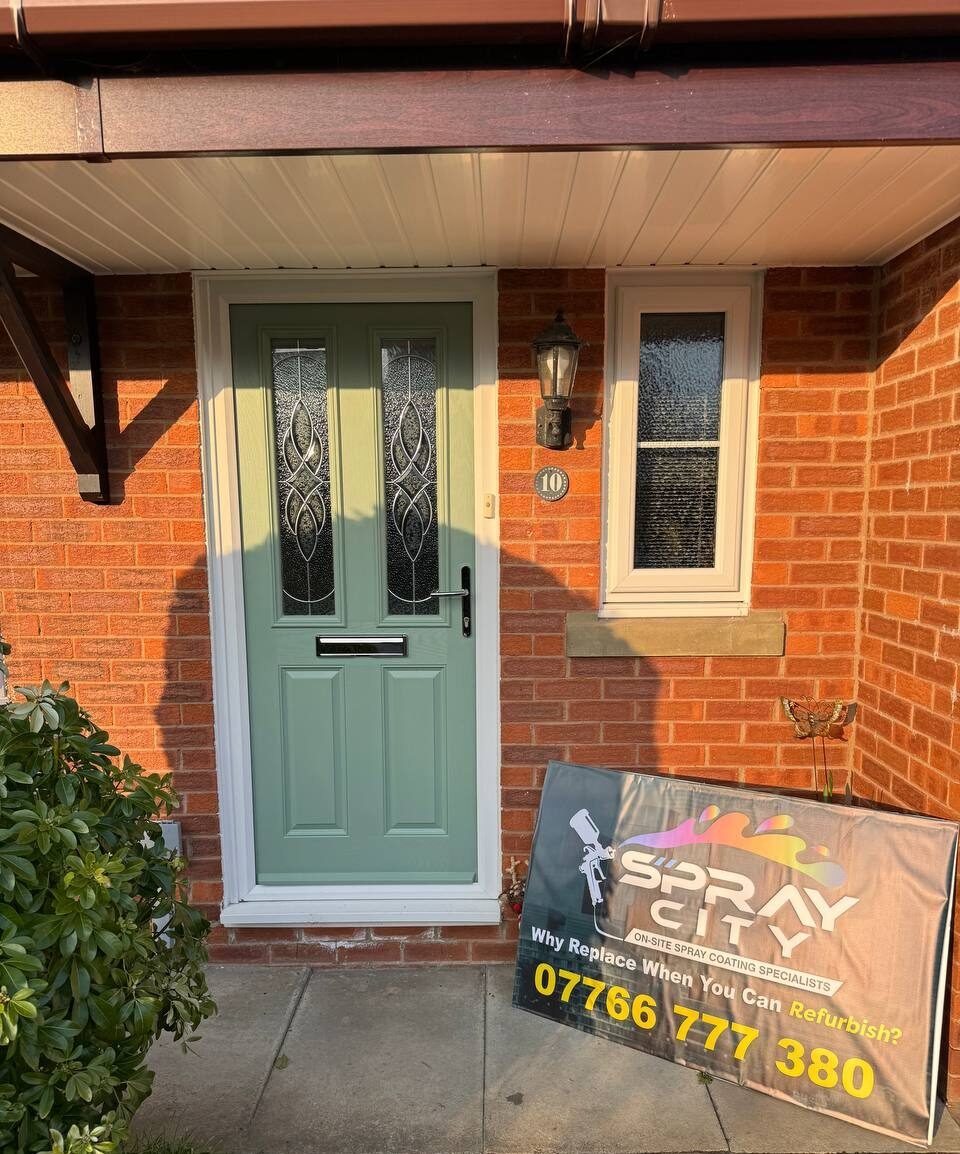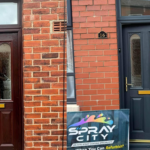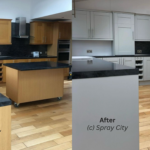Introduction To Neutral Spray Paint Colours
When it comes to home décor, neutral spray paint colours have always been a timeless choice, transforming any space into an inviting, elegant, and versatile haven.
They offer a palette that can adapt to your design needs without overwhelming the eye. But while neutral tones are a go-to for many, there’s a fine art to choosing the right shade and knowing how to apply it effectively.
That’s why we’ve curated a list of 22 neutral spray paint colours and expert tips on how to use them effectively.
In this guide, you’ll discover how to select the ideal neutral tones for your space and tips for matching them with different décor styles to make them pop.

What Are Neutral Spray Paint Colours?
Neutral spray paint colours are hues that lack strong chromatic content. In simpler terms, they are the shades that don’t fall under the vivid or bright colour spectrum like red, yellow, or blue.
They include soft tones like beige, grey, white, taupe, and greige (a mix of grey and beige), often described as understated or muted colours. Neutrals work beautifully in almost every type of space, offering versatility and flexibility in terms of décor choices.
They also act as a blank canvas that allows you to build upon your design with accents, textures, and furnishings. Their main advantage lies in their flexibility, allowing them to blend effortlessly with any interior style or other vibrant colours in your decor.
Why Choose Neutral Spray Paint Colours?
–Timeless Appeal: Neutral spray paint colours never go out of style, making them a great choice for long-lasting home design.
–Versatility: These shades work well with a variety of décor styles—from minimalist to bohemian to modern farmhouse.
–Light Reflection: Lighter neutrals can enhance natural light, making small rooms feel larger and more open.
–Increased Property Value: Homes painted in neutral tones appeal to more potential buyers, increasing your property’s marketability and making them easier to sell.
–Calm Atmosphere: Neutral spray paint colours tend to promote feelings of calm and relaxation, perfect for creating a peaceful living environment.
Now let’s explore 22 stunning neutral paint colours and how you can use them effectively in your home or workspace.

22 Neutral Spray Paint Colours and How to Use Them
-
Pure White
A classic, pure white is ideal for creating a clean, bright, and open space. It works especially well in kitchens and bathrooms, reflecting light beautifully to make the space feel larger.
Expert Tip: Pair pure white with contrasting dark accents, like black or deep grey, to add sophistication and depth.
To avoid a sterile feel, introduce different textures like wood, metal, and natural fibres.

-
Ivory
Ivory is a soft, warm off-white with just a hint of creaminess. It’s perfect for spaces where you want the brightness of white but with a bit more warmth.
Expert Tip: Use ivory in bedrooms for a serene and cosy feel. It pairs wonderfully with natural wood furniture. Pair it with gold or brass fixtures to elevate the look.
-
Greige
A blend of grey and beige, greige combines the warmth of beige and the coolness of grey, making it one of the most versatile neutral colours. It works well in almost any room and with various décor styles.
Expert Tip: Greige is perfect for open-plan living spaces, as it works well with both cool and warm decor tones. Play with texture, incorporating natural fabrics like linen, to bring warmth to this versatile hue.

-
Taupe
Taupe is a deeper, earthier neutral that pairs beautifully with a range of colours. It’s a great option for bedrooms or formal dining rooms and perfect for spaces where you want to feel grounded and connected to nature.
Expert Tip: Use warm taupe in a living room or dining area for a relaxed, comfortable atmosphere. Accent it with leafy green plants for a natural vibe. Choose matte finishes for a more luxurious and sophisticated look.
-
Soft Beige
Soft beige is an understated colour that evokes a feeling of warmth and comfort, making it a popular choice for homes with traditional or rustic decor.
Expert Tip: Pair soft beige with deep brown wood furniture for a harmonious, earthy look.

-
Light Grey
Light grey offers a modern, sleek look and is a popular choice for bedrooms and offices. It works especially well in minimalist interiors, bringing a subtle sophistication to any room.
Expert Tip: Combine light grey with metal finishes, such as chrome or stainless steel, for a contemporary feel. Layer it with white trim and moulding for a clean, crisp appearance.
-
Dove Grey
Dove grey is a soft, warm grey with slight lavender undertones, making it perfect for spaces where you want a calming, soothing vibe.
Expert Tip: Pair dove grey with whites and soft pinks for a serene bedroom or nursery space.

-
Almond
Almond is a warm, creamy beige with a slight yellow undertone. It’s perfect for spaces where you want a neutral that feels cosy and inviting.
Expert Tip: Pair almond with soft blues or greens to create a coastal-inspired theme.
-
Charcoal
A dark, moody grey, charcoal is the perfect neutral for making a bold statement without using bright or intense colours. For those who prefer a deeper neutral, charcoal is a great choice. It’s dramatic without being too bold and works well in media rooms or as an accent wall.
Expert Tip: Use charcoal as an accent wall or for cabinetry to create contrast and depth in a space. Pair it with light neutrals to avoid making the room feel too dark or heavy.

-
Cement Grey
Cement grey offers an industrial, urban feel, making it perfect for loft-style apartments or modern homes.
Expert Tip: Pair cement grey with exposed brick or concrete elements to emphasise an industrial design aesthetic.
-
Cream
Cream is an inviting and warm neutral colour that pairs beautifully with soft furnishings like plush cushions and throws. It’s a great choice for bedrooms and lounges and offers a soft, warm glow that’s perfect for spaces you want to feel light and airy, yet cosy.
Expert Tip: Use cream in spaces like hallways or entryways, where you want to create a welcoming first impression. Add deeper tones, such as dark browns or navy, for a sophisticated contrast.

-
Silver
For a subtle touch of luxury, silver is a chic neutral that adds a hint of sheen to your walls. It works wonderfully in formal living rooms or dining areas.
Expert Tip: Pair silver with deep blues or blacks for a striking, elegant contrast.
-
Dusty Grey
Dusty grey is a muted, slightly cool grey with a hint of brown, making it the perfect neutral for spaces where you want a subdued, elegant tone.
Expert Tip: Use dusty grey in dining rooms or formal living spaces to create a sophisticated, timeless atmosphere.
-
Off-White
Off-white is a warmer alternative to stark white. It’s an excellent choice for rooms that receive a lot of natural light, adding warmth without being overpowering.
Expert Tip: Off-white pairs beautifully with nearly any colour, making it ideal for eclectic interiors where bold patterns and textures are key. Complement with light wood furniture for a Scandinavian-inspired look.

-
Muted Blush
Muted blush offers a hint of pink, bringing a subtle warmth that’s feminine and elegant without being too loud.
Expert Tip: Pair muted blush with greys or whites for a sophisticated, yet soft look in bedrooms or living spaces.
-
Smoky Grey
Smoky grey has blue undertones, giving it a cooler, more modern look, making it great for spaces with cooler colour schemes. It’s perfect for new age homes seeking a sleek aesthetic.
Expert Tip: Smoky grey works great in home offices or studies, where its calming tone can help focus the mind. Balance it with bright whites for a fresh, modern aesthetic.

-
Mushroom
Mushroom is a warm, earthy beige-grey with a subtle greenish undertone, making it ideal for spaces that need a bit of depth without going too dark. It’s a wonderful shade for bedrooms and living rooms.
Expert Tip: Use mushrooms in living rooms and pair it with dark woods for a comfortable, luxurious feel. Use alongside soft blues or greens for a natural, organic palette.
-
Blush Beige
For a hint of warmth, blush beige is a lovely option. This soft, rosy neutral adds a touch of colour while maintaining the versatility of beige.
Expert Tip: Use it with pink or rose-gold accents to create a soft, romantic space.

-
Pebble
Pebble is a soft, warm grey that can add a sense of serenity to any room. Its versatile shade is ideal for both modern and traditional interiors. This soft grey-beige creates a calming, serene environment and is ideal for bedrooms or living spaces where you want to relax.
Expert Tip: Use pebble in bedrooms to create a calming retreat, and pair it with light wood furniture and soft textiles for an airy feel.
-
Sage
A subtle green-grey, this neutral spray paint colour is perfect for those who want a touch of colour without moving away from neutrals. It’s particularly well-suited for kitchens and bathrooms, sometimes bringing the outdoors in.
Expert Tip: Use sage in kitchens or dining rooms to create a fresh, welcoming atmosphere. Pair with white or black accents for a crisp, clean look.

-
Oyster
Oyster is a soft grey with subtle beige undertones, making it the perfect transitional neutral for spaces that need to feel both warm and cool.
Expert Tip: Use oyster in bathrooms for a luxurious spa-like feel, especially when paired with marble or stone surfaces.
-
Sandstone
Sandstone is a warm, earthy beige with subtle red undertones, making it ideal for creating a cosy and welcoming environment.
Expert Tip: Use sandstone in bedrooms or living areas for a relaxed, grounded vibe. Pair with natural materials like wood and stone to enhance its warmth.

Expert Tips on Using Neutral Spray Paint Colours
Now that you’ve explored the best neutral shades, here are some extra expert tips to help you make the most of them.
-
Layer Neutrals
Neutral doesn’t mean boring. Create interest by layering different shades of neutrals, such as combining whites, greys, and beiges for a multidimensional look.
-
Add Texture
To keep a neutral room from feeling flat or boring, introducing textures like wood, stone, or metal can help to break up the monotony and add warmth or visual interest to your space. Use velvet cushions, linen curtains, or a wool rug to add interest without adding more colours.
-
Consider Undertones of Neutral Spray Paint Colours
Not all neutral colours are completely neutral. Beige, grey, and white can have undertones of pink, blue, yellow, or green. Pay attention to these subtleties and how they affect your room’s overall feel but they are one of the best neutral colours for home.
-
Use Neutral Spray Paint Colour as a Backdrop
Neutrals are ideal for creating a backdrop that allows your furniture, art, and accessories to stand out. Use them to complement bolder accents rather than compete with them.
-
Accent Walls
If you want to add a focal point to your neutral space, consider creating an accent wall in a slightly darker shade. This technique adds depth and can make the room feel more dynamic.

The Spray City Difference On Neutral Spray Paint Colours
At Spray City, we have ten years of experience in providing spray painting services for homeowners across the UK. Our skilled technicians are trained in the latest spraying techniques and use state-of-the-art equipment to ensure flawless results every time. You can trust us to deliver exceptional quality and craftsmanship that enhances the beauty and value of your home and property.
We also offer great expert recommendations on best neutral colours for home(s).
Contact us today for a free quote and let us help you transform your home into a mural that showcases your personal style and creativity!
Our Conclusion On Neutral Spray Paint Colours
Neutral spray paint colours are a versatile and timeless choice that can work in any room of your home. With these 22 neutral spray paint colours and expert tips, you’re well on your way to creating a beautiful space that reflects your personal style.
















